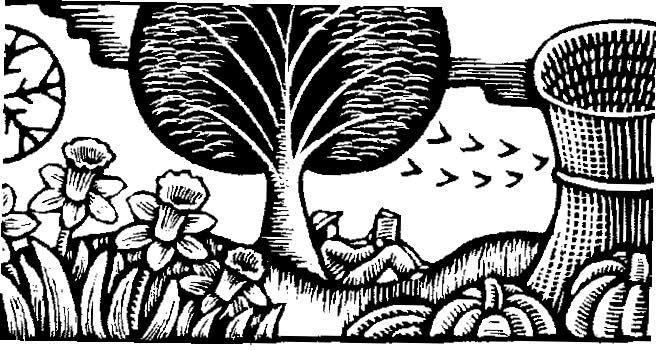GLOSSARY OF ALMANAC ODDITIES

Many readers have expressed puzzlement over the rather obscure entries that appear on our Right-Hand Calendar Pages, 121–147. These "oddities" have long been fixtures in the Almanac, and we are pleased to provide some definitions. Once explained, they may not seem so odd after all!
EMBER DAYS: These are the Wednesdays, Fridays, and Saturdays that occur in succession following (1) the First Sunday in Lent; (2) Whitsunday– Pentecost; (3) the Feast of the Holy Cross, September 14; and (4) the Feast of St. Lucia, December 13. The word ember is perhaps a corruption of the Latin quatuor tempora, "four times." The four periods are observed by some Christian denominations for prayer, fasting, and the ordination of clergy.
Folklore has it that the weather on each of the 3 days foretells the weather for the next 3 months; that is, in September, the first Ember Day, Wednesday, forecasts the weather for October; Friday predicts November; and Saturday foretells December.
DISTAFF DAY (JANUARY 7): This was the day after Epiphany, when women were expected to return to their spinning following the Christmas holiday. A distaff is the staff that women used for holding the flax or wool in spinning. (Hence the term "distaff" refers to women's work or the maternal side of the family.)
PLOUGH MONDAY (JANUARY): Traditionally, the first Monday after Epiphany was called Plough Monday because it was the day when men returned to their plough, or daily work, following the Christmas holiday. (Every few years, Plough Monday and Distaff Day fall on the same day.) It was customary at this time for farm laborers to draw a plough through the village, soliciting money for a "plough light," which was kept burning in the parish church all year. This traditional verse captures the spirit of it:
Yule is come and Yule is gone, and we have feasted well; so Jack must to his flail again and Jenny to her wheel.
THREE CHILLY SAINTS (MAY): Mamertus, Pancras, and Gervais were three early Christian saints whose feast days, on May 11, 12, and 13, respectively, are traditionally cold; thus they have come to be known as the Three Chilly Saints. An old French saying translates to "St. Mamertus, St. Pancras, and St. Gervais do not pass without a frost."
MIDSUMMER DAY (JUNE 24): To the farmer, this day is the midpoint of the growing season, halfway between planting and harvest. The Anglican Church considered it a "Quarter Day," one of the four major divisions of the liturgical year. It also marks the feast day of St. John the Baptist. (Midsummer Eve is an occasion for festivity and celebrates fertility.)
CORNSCATEOUS AIR (JULY): First used by early almanac makers, this term signifies warm, damp air. Although it signals ideal climatic conditions for growing corn, warm, damp air poses